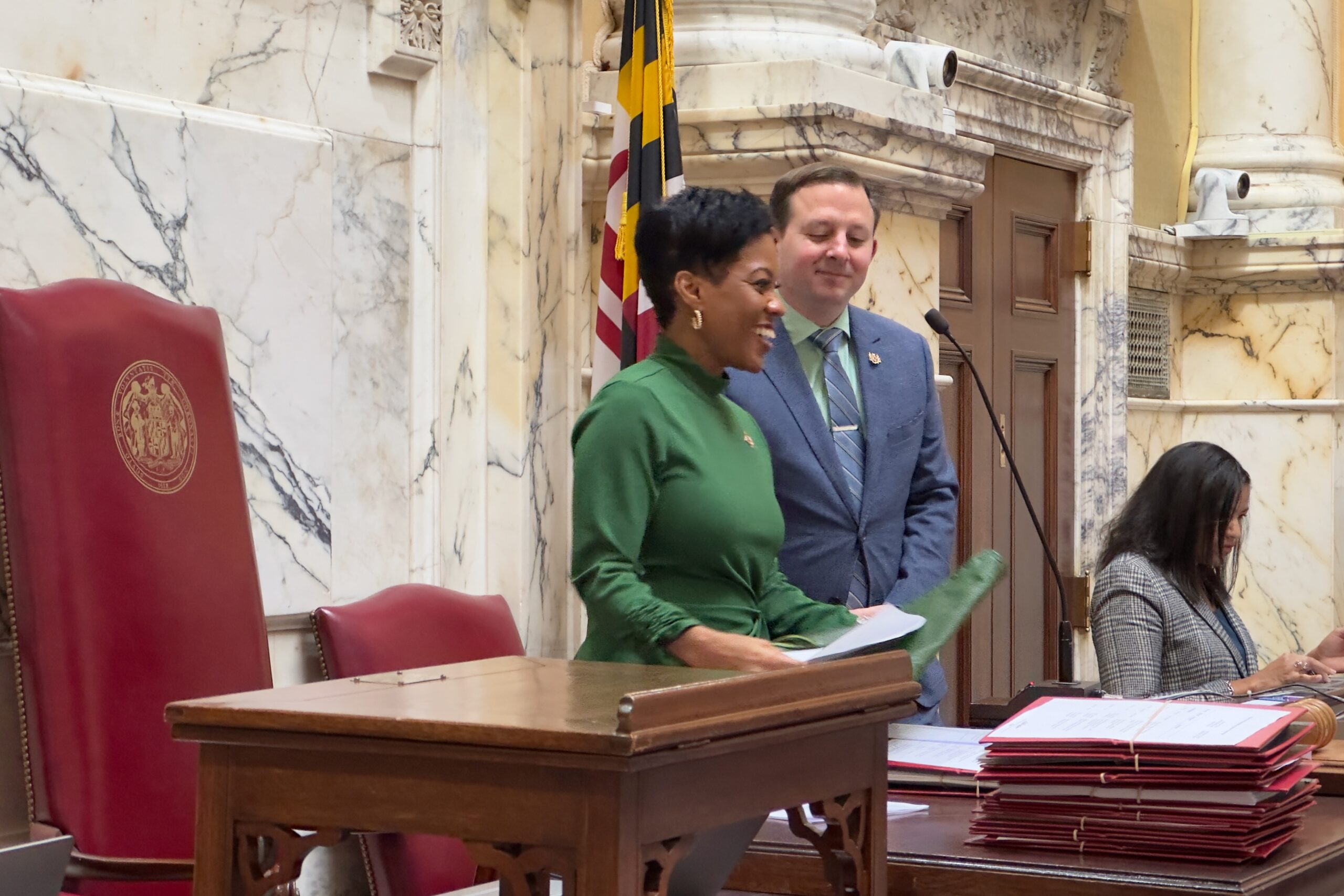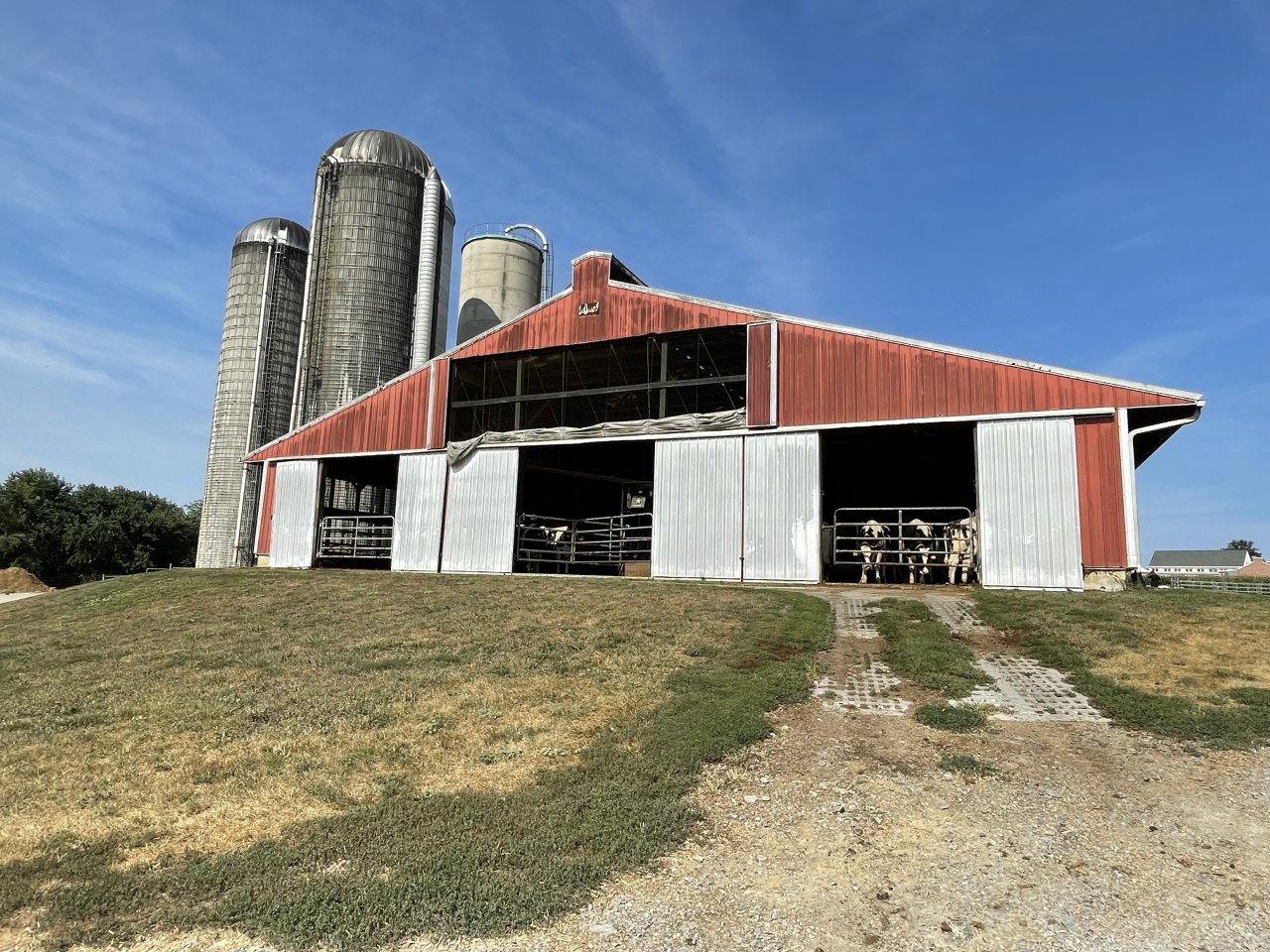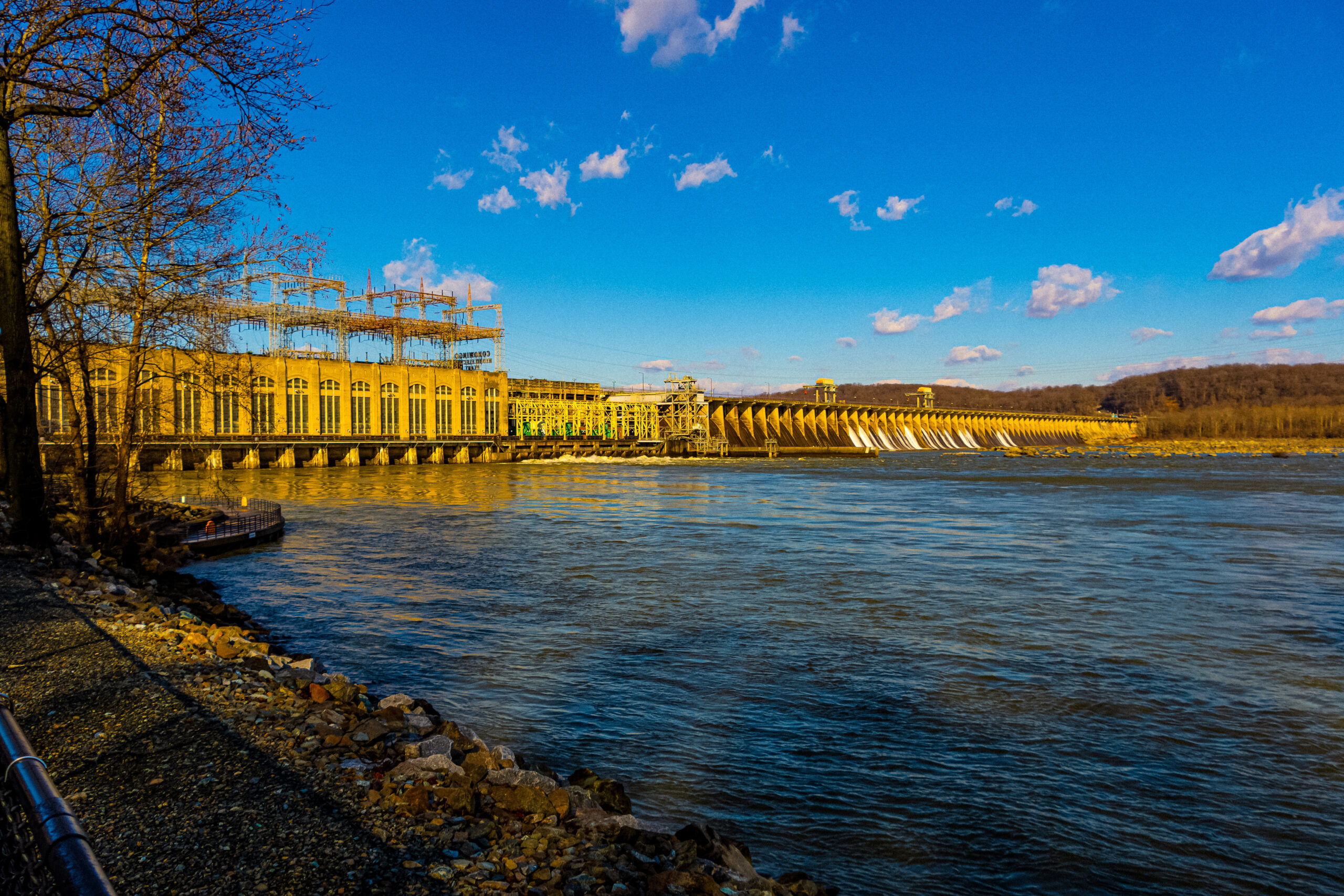Report: Md. Not Doing Enough to Reduce Stormwater Pollution in the Chesapeake Bay
Maryland is regressing on its efforts to mitigate stormwater pollution that flows into the Chesapeake Bay, according to a new report by an environmental watchdog organization.
In 2010, the U.S. Environmental Protection Agency and Bay states entered into a Chesapeake Bay cleanup plan, called the Chesapeake Bay Total Maximum Daily Load (TMDL), which requires states to implement plans that would reduce nitrogen, phosphorus and sediment pollution into the Bay by 2025.
A new 56-page report by the Environmental Integrity Project (EIP) found that Maryland’s 2019 Chesapeake Bay cleanup plan allows 1.5 million more pounds of nitrogen pollution from urban and suburban stormwater runoff into the Bay by 2025, or 20% more pollution, than its 2012 plan.
Stormwater pollution refers to the rainwater that washes over parking lots, streets and lawns and picks up fertilizer, oil and pet waste as it washes into rivers and streams that eventually flow into the Chesapeake Bay. Excess nitrogen can cause an overgrowth of algae, which deplete dissolved oxygen, decompose and block sunlight from animals and plants that live in deeper waters.
The report also found that Maryland has abandoned its plan to build more stormwater pollution controls. In 2012, the state had intended to build 35,000 acres of rain gardens, which are gardens of shrubs and other plants used to slow down and absorb rainwater from lawns and streets. Now Maryland expects to plant zero rain gardens. Its 2012 plan also included creating 350 acres of permeable pavement, but that project has also been scrapped.
“Maryland’s plans have collapsed to less than 10% of what they once were, that’s true for pollution load targets and for the implementation of pollution control strategies like rain gardens,” Abel Russ, senior attorney for the Environmental Integrity Project and co-author of the report, said in a news conference Monday.
Similarly, Pennsylvania’s Chesapeake Bay cleanup plan will allow 7 million more pounds of nitrogen pollution from stormwater runoff by 2025, a 87% increase from its 2012 plan.
“Maryland and Pennsylvania are really walking back from their prior commitments…they’re walking away from it instead of trying to fix the problem,” Russ said.
The report urged all levels of government, from the federal to the municipal level, to invest in stronger stormwater control projects and to update rainfall patterns that account for climate change, instead of depending on historic rainfall averages. It highlighted that Cumberland, in Allegany County, is designing an upgraded pipe system based on 37 inches of annual rainfall, when in reality, 48 inches have been falling in the city per year for the past five years.
“Those 10-year storms are happening every two years now,” Russ said. He cited the devastating storms that hit Ellicott City twice in three years as the “new reality.”
The environmental organization also found that Maryland would have to accelerate its rate of nitrogen reduction by about three-fold if the state is to meet its pollution goals by 2025, Russ said. Reducing runoff from agriculture and stormwater is key right now, especially with 16% of total nitrogen pollution in the Chesapeake coming from stormwater runoff from urban and suburban communities, he said.
In a separate report, released last week, the Chesapeake Bay Foundation concluded that Maryland is on track to achieving is 2025 pollution reduction goals. But similar to the Environmental Integrity Project, it also highlighted that Maryland must focus on reducing stormwater runoff pollution, since this will be the state’s second largest source of nitrogen pollution by 2025.
The Maryland Department of the Environment stressed that mitigating stormwater runoff is not done “in a vacuum.”
“To reduce stormwater runoff, it is crucial that the state gain the buy-in of stakeholders — including local governments that are responsible for planning, paying for and installing [water pollution controls],” Jay Apperson, a spokesman for MDE, said in a statement.
Maryland engages in credit trading, which means officials are “moving solutions from one area to another” — such as focusing on agricultural runoff rather than stormwater runoff, Betsy Nicholas, executive director of Waterkeepers Chesapeake, said at Monday’s news conference.
This suggests that pollution remains concentrated in urban centers like Baltimore City while rural areas get cleaner, Nicholas said. Reducing agricultural runoff is important, but it should not be done at the expense of cleaning urban waterways, she said.
“The stormwater sector is key to the whole thing, just like agriculture is, and they won’t get there without it,” Russ said.
The MDE says it is not accurate to suggest that “pollution is only getting spread around.”
“Nutrient and sentiment credit trading is an increasingly important tool in the Chesapeake Bay watersheds around the country to accelerate the pace of actual restoration and bring more partners to the table without letting polluters off the hook. It can increase cost effectiveness and stronger partnerships to meet our Bay restoration goals,” Apperson said.
Stormwater pollution levels have been increasing by 3-5% since the Bay cleanup started in 2010, Russ said.
This is largely due to the additional 300,000 acres of developed land, about the size of Washington, D.C., since 2010, which means there is more stormwater pollution from developed lands than before, Russ said.
Climate change is also accelerating the problem, as there are more frequent storms and increasing rainfall across the country, but especially in the northeastern region. More rain means more stormwater pollution into the Bay, as well as less effective stormwater pollution controls, Russ said.
The report calls for EPA and Congress to provide federal funds to state and local governments to help pay for more stormwater control projects, such as rain gardens and converting parking lots into green areas that can absorb rain.
Maryland expects 2.2 million additional pounds of nitrogen due to climate change, but state officials are planning to address that in the next few years instead of now.
“One of our biggest recommendations here is that the states and the counties and…the federal government…figure out a way to get everybody on the same page about planning for the future instead of planning for the past,” Russ said.




 Creative Commons Attribution
Creative Commons Attribution